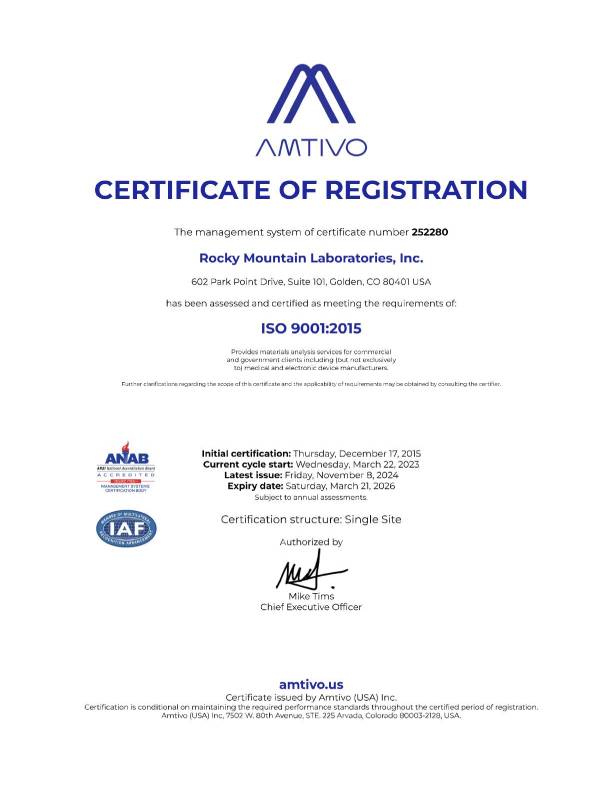Auger electrons and secondary electrons are both types of electrons emitted from a material in response to external excitation, but they arise from different processes and have distinct characteristics.
- Origin:
- Auger Electrons: The Auger effect involves the emission of an electron when an inner-shell electron is ejected from an atom, and another electron from a higher energy level fills the vacancy, releasing energy in the form of an Auger electron. Auger electrons are characteristic of the specific elements involved in the process.
- Secondary Electrons: Secondary electrons are produced through the interaction of incident electrons (e.g., from an electron beam or other sources) with the outermost electrons of atoms in a material. These electrons are not specific to the elemental composition of the material but rather reflect the outermost surface.
- Energy and Kinetic Energy:
- Auger Electrons: Auger electrons have specific, characteristic energies that are associated with the energy levels of the participating electrons in the Auger process. The energy of Auger electrons is typically measured in electron volts (eV).
- Secondary Electrons: Secondary electrons have a range of energies, typically lower than Auger electrons. Their energies depend on the incident electron energy and the specific interactions within the material. They are often detected in electron microscopy and are useful for imaging surface topography.
- Depth of Emission:
- Auger Electrons: Auger electrons are typically emitted from the near-surface region of a material, providing information about the top few nanometers.
- Secondary Electrons: Secondary electrons can be emitted from deeper within the material, depending on the energy of the incident electrons. They provide information about the surface topography and can be used for imaging.
- Detection and Applications:
- Auger Electrons: Auger electron spectroscopy (AES) is a technique used for surface analysis, providing information about the elemental composition and chemical state of the surface.
- Secondary Electrons: Secondary electrons are commonly used in scanning electron microscopy (SEM) for imaging surface morphology and topography.
Auger electrons are emitted as a result of specific electronic transitions within an atom, providing information about the elemental composition and chemical state of the surface. Secondary electrons, on the other hand, are emitted through the interaction of incident electrons with the outermost electrons of atoms, offering information about surface topography and morphology.



